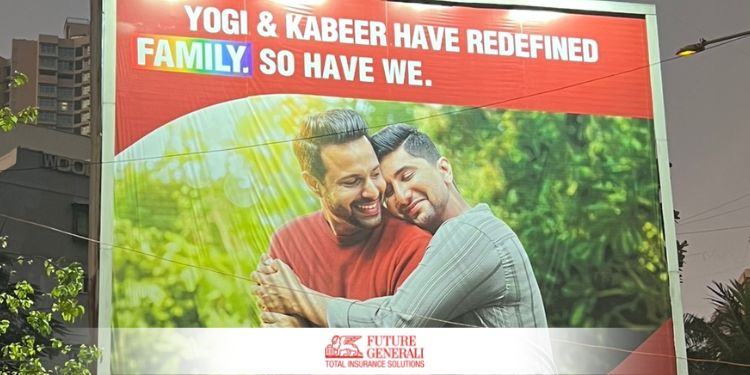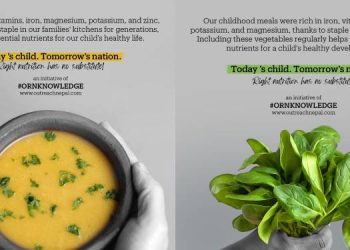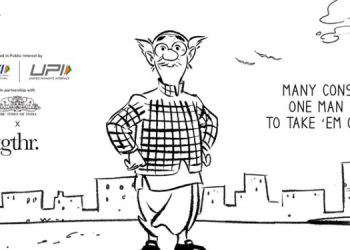Future Generali India Insurance Company, a private general insurance player, has launched a campaign that puts a spotlight on providing the LGBTQIA+ members in a live-in relationship an equal opportunity to secure their health insurance needs. Staying true to its ‘Inclusion’ agenda and intent of being an ally to the LGBTQIA+ community, the insurer has expanded its definition of ‘family’ across all its retail health insurance offerings, to include LGBTQIA+ community and live-in partners.
The first-of-its-kind brand campaign, represented by two real life, same sex couples, demonstrates the organization’s commitment to Diversity Equity & Inclusion, both as an employer and as an insurer. The campaign runs across the central theme of redefining the term ‘family’ to include live-in partners, including same sex partners. The campaign is launched on digital and on Out Of Home (OOH) platforms in Mumbai, Delhi, Gurugram, Goa and Bangalore and will be live for 3 weeks starting January 01, 2023.

Commenting on this campaign Ruchika Malhan Varma, Chief Marketing Officer, Future Generali India Insurance Company Ltd. said, “We are conscious of the challenges faced by the LGBTQIA+ community. We believe the LGBTQIA+ community is of prominence and the individuals from the community deserve the right to avail of similar protection solutions alike any other individual. As insurers, we believe that we have a moral and societal responsibility to provide a level playing field to all sections of the society devoid of their personal preferences.”
Further, Varma added that, “As a brand that stands for Innovation and Human Touch, we are committed towards providing need based and innovative solutions that resonate with our customers’ evolving needs. This offering is a step in the direction of making the first move by the insurance industry towards focusing on inclusive protection plans for the LGBTQIA+ individuals. At FGII, driving inclusion across various sections of the society and the communities we operate in is central to our ‘Life-time partner’ behavior.”

















